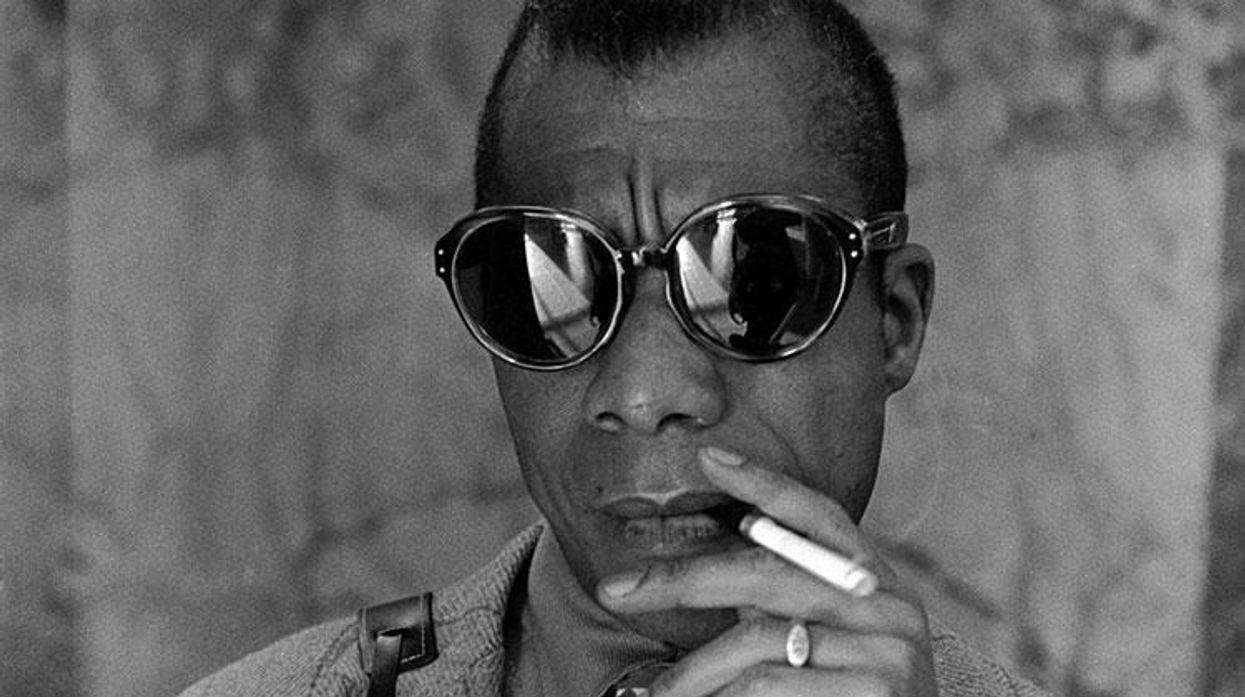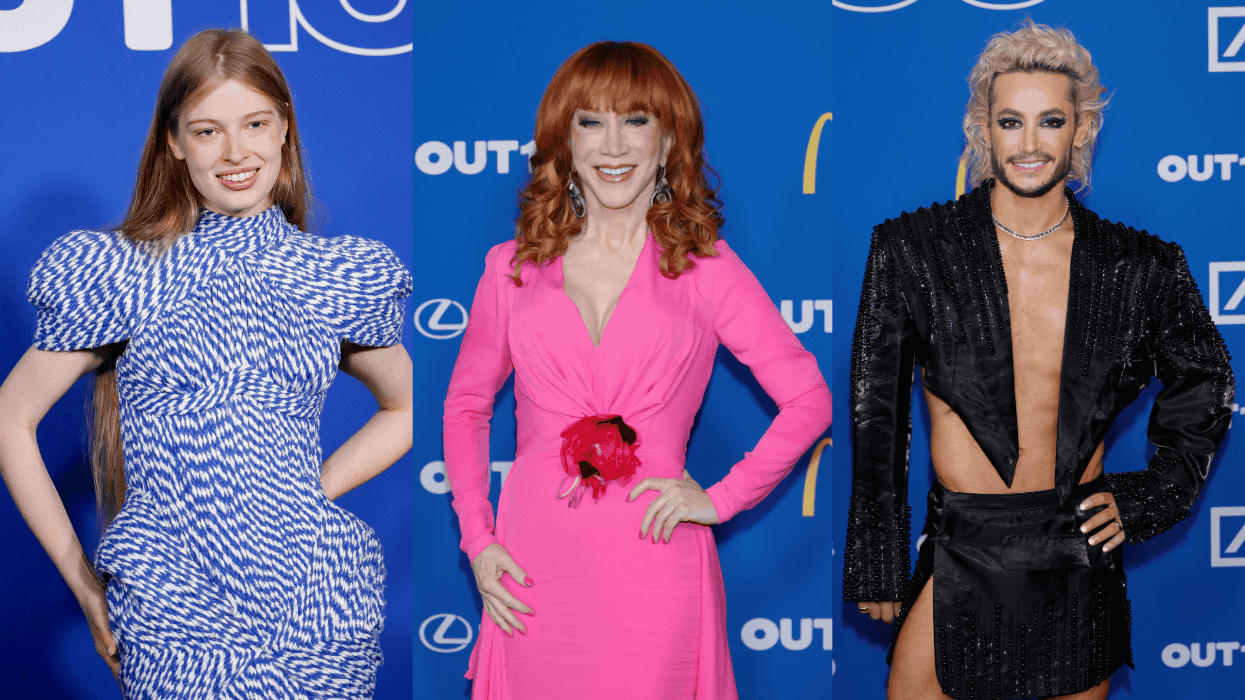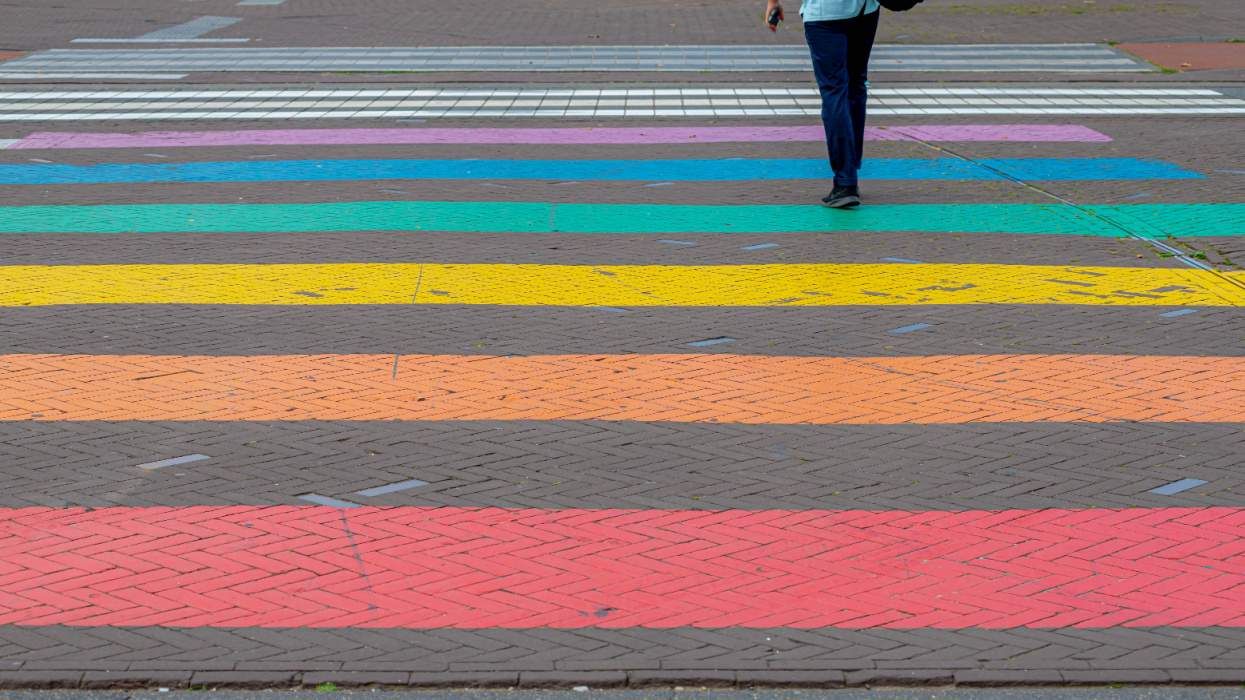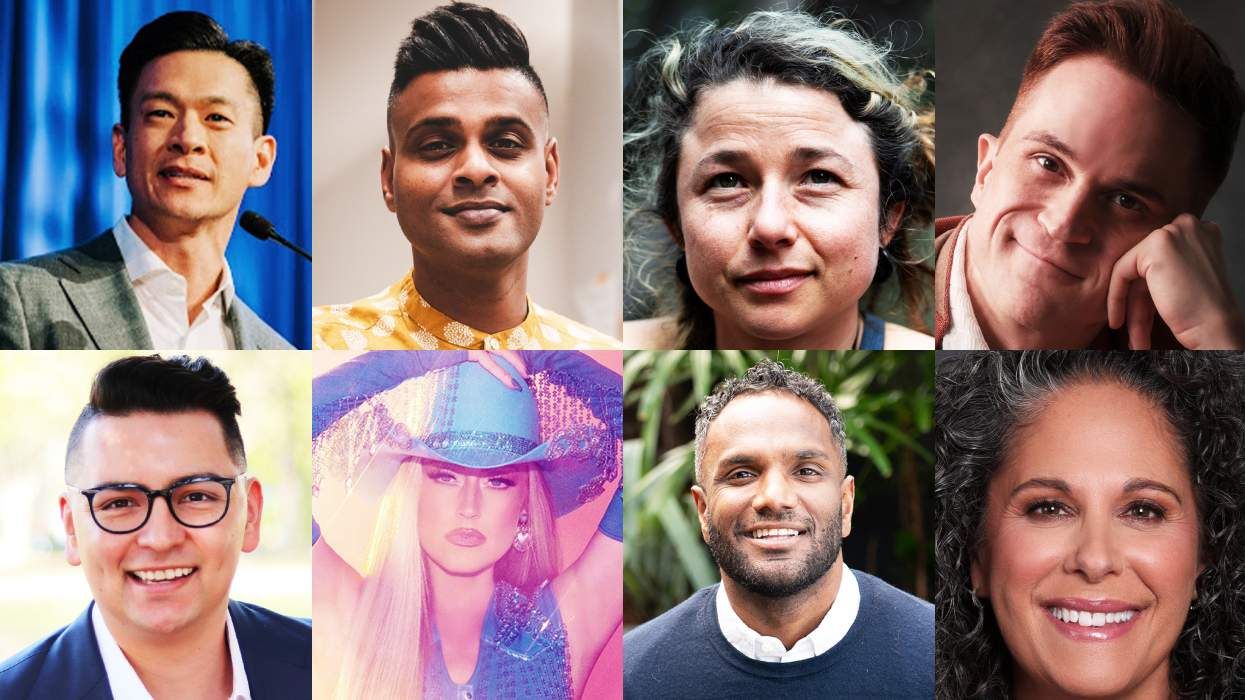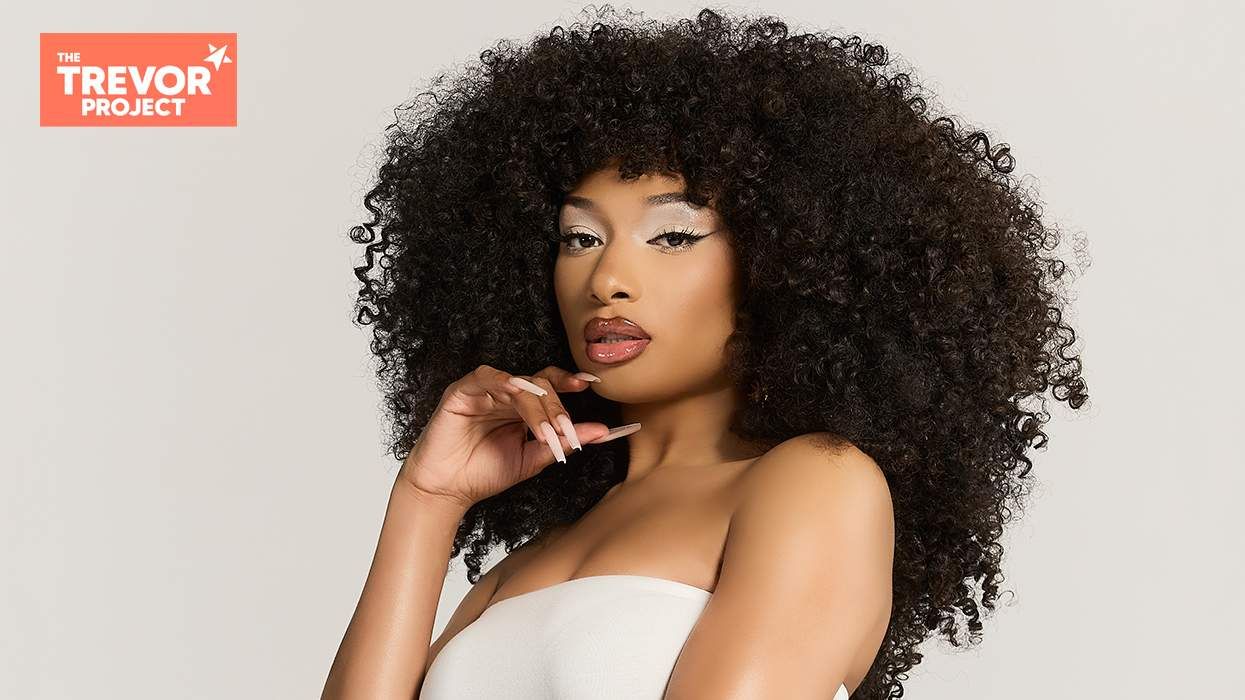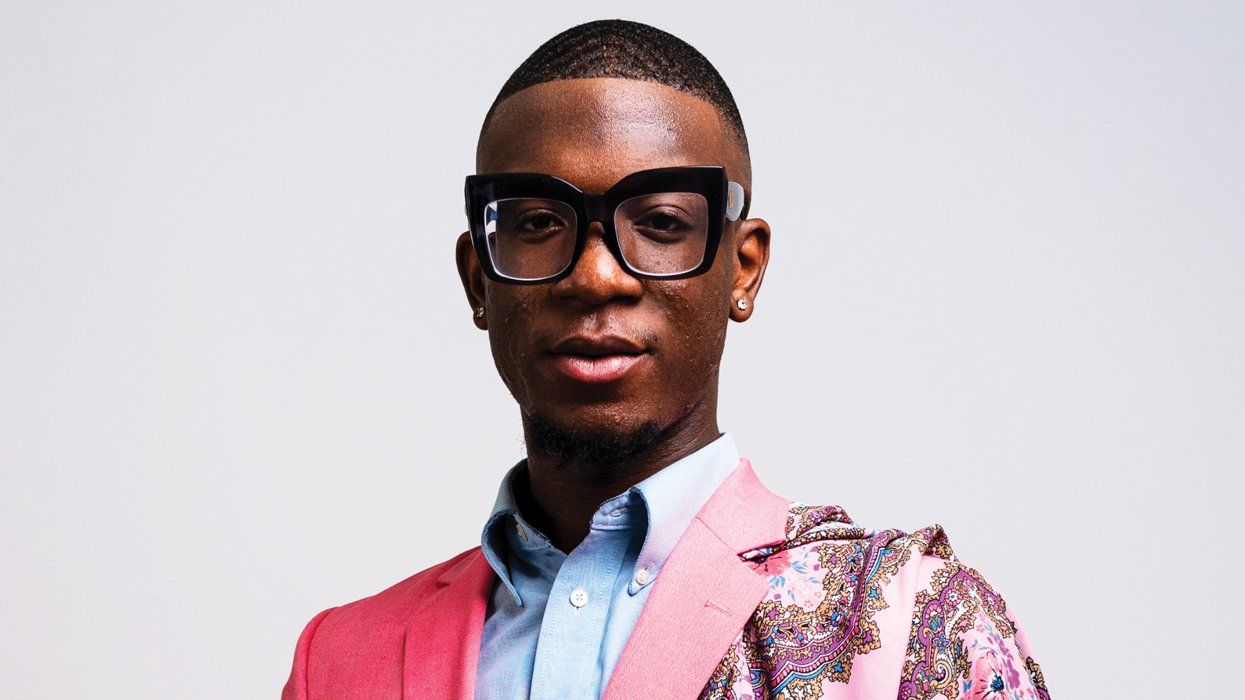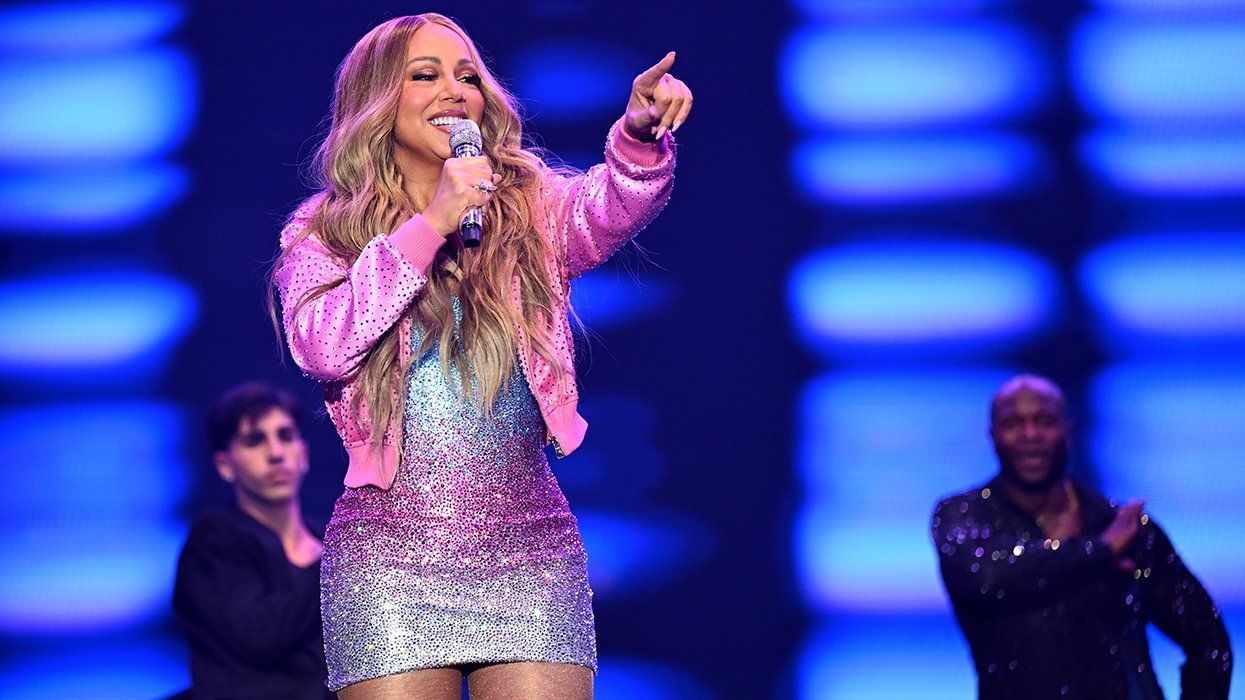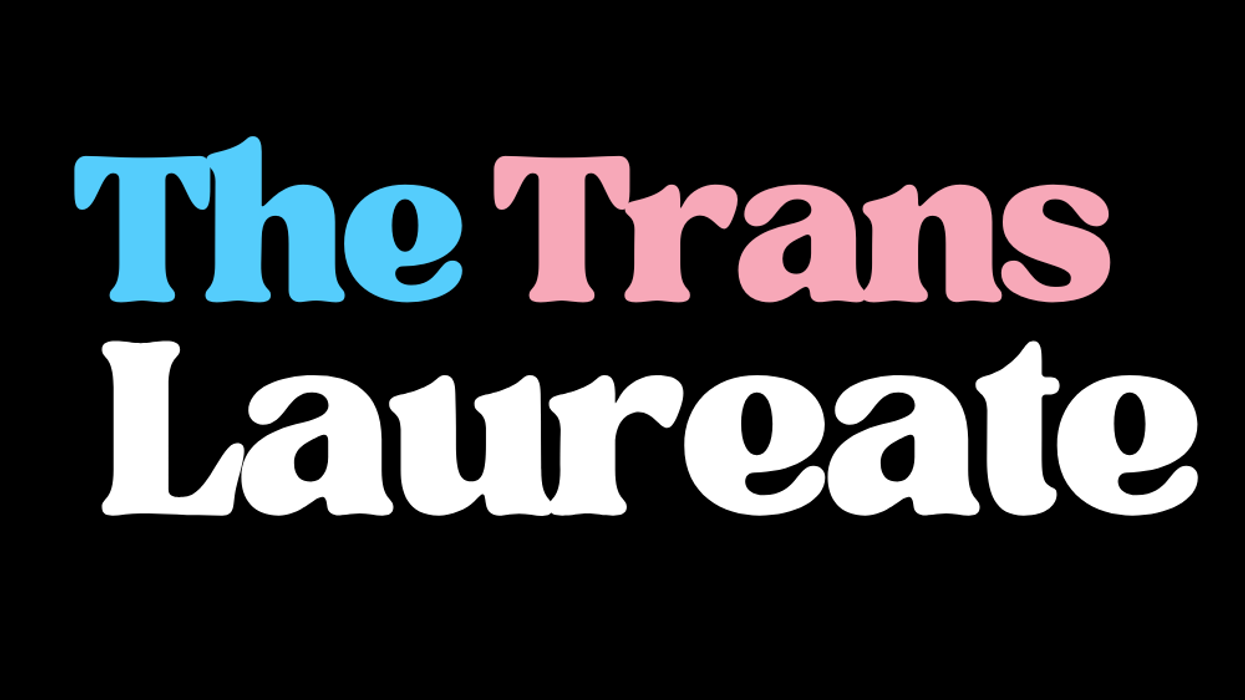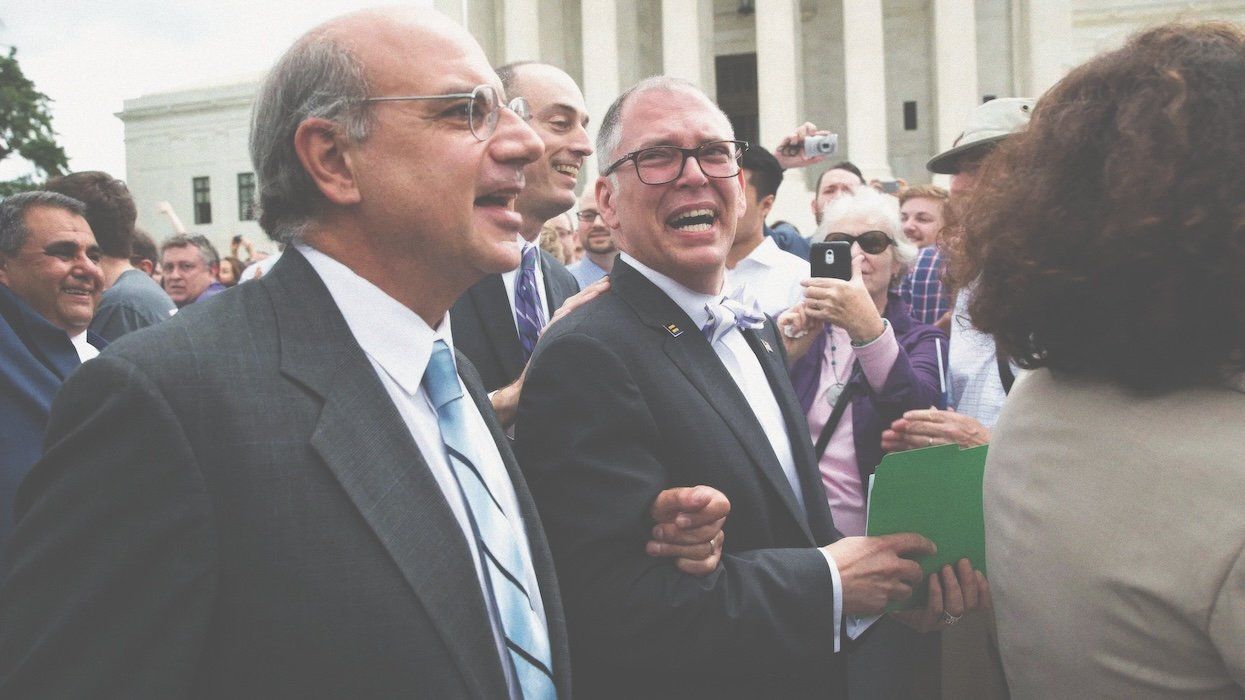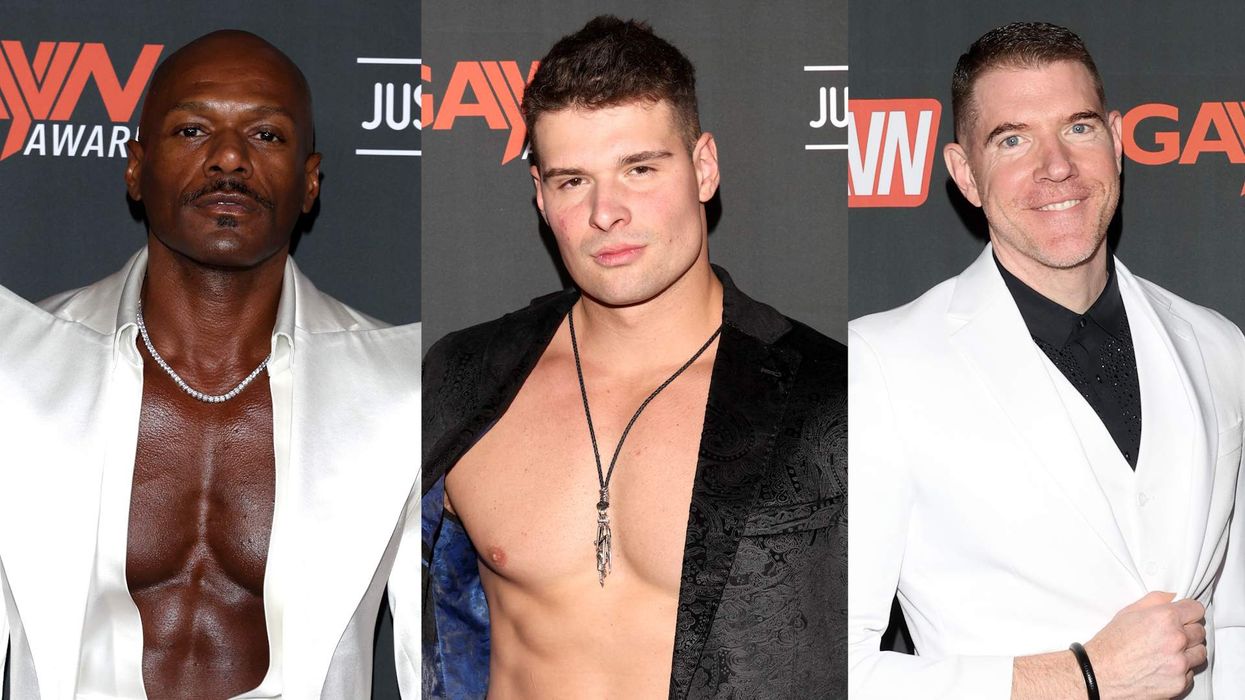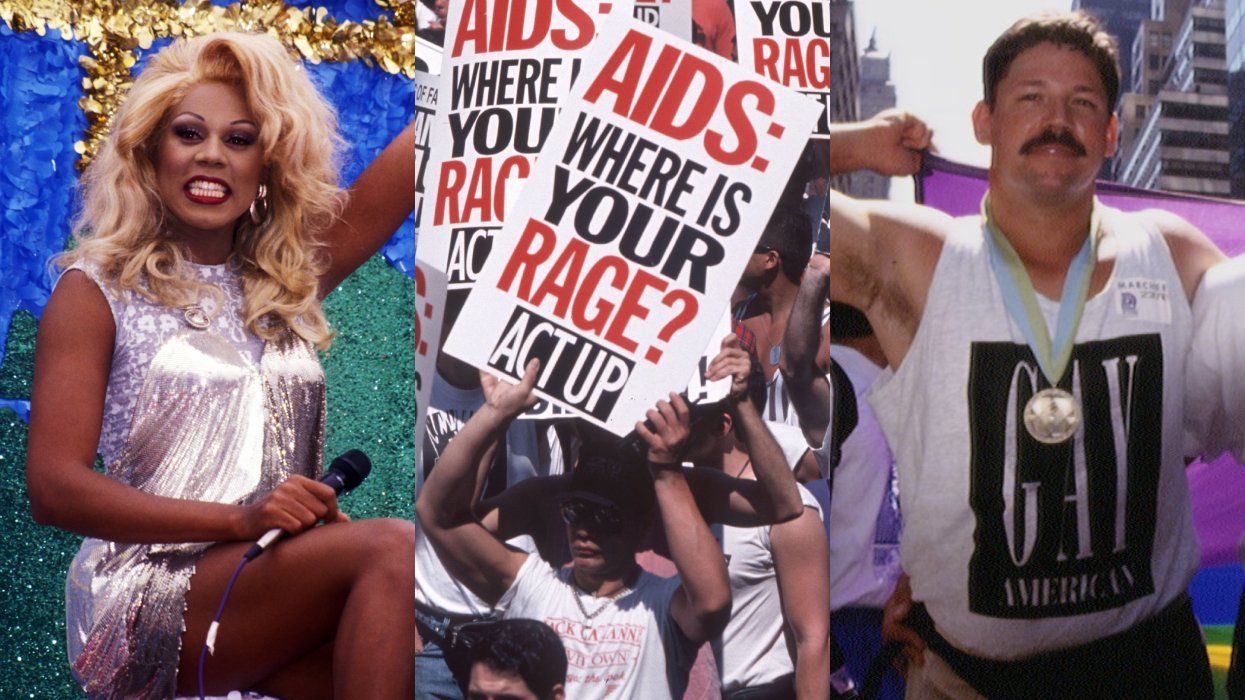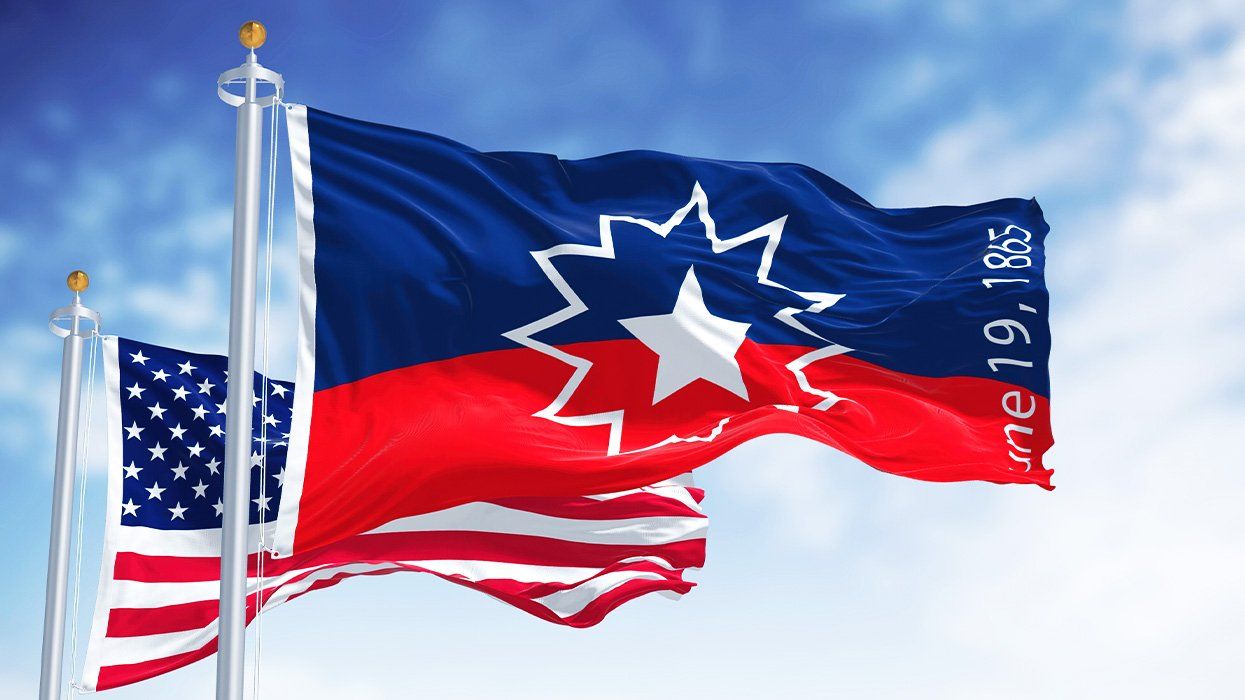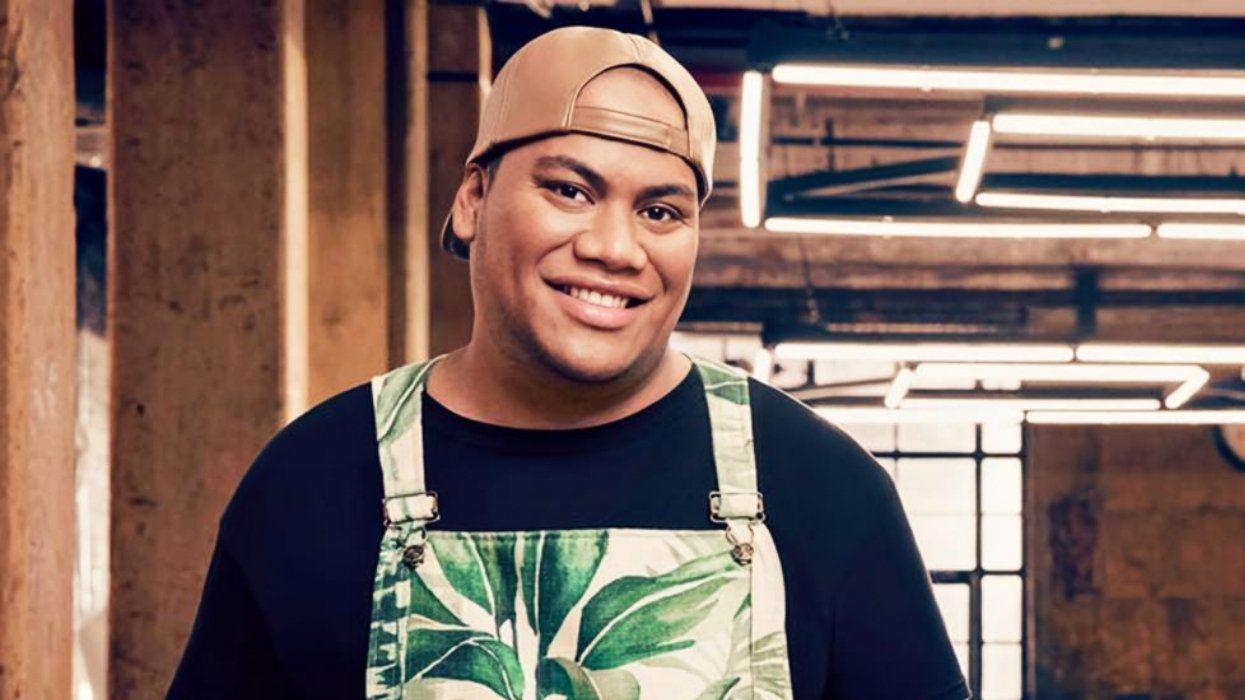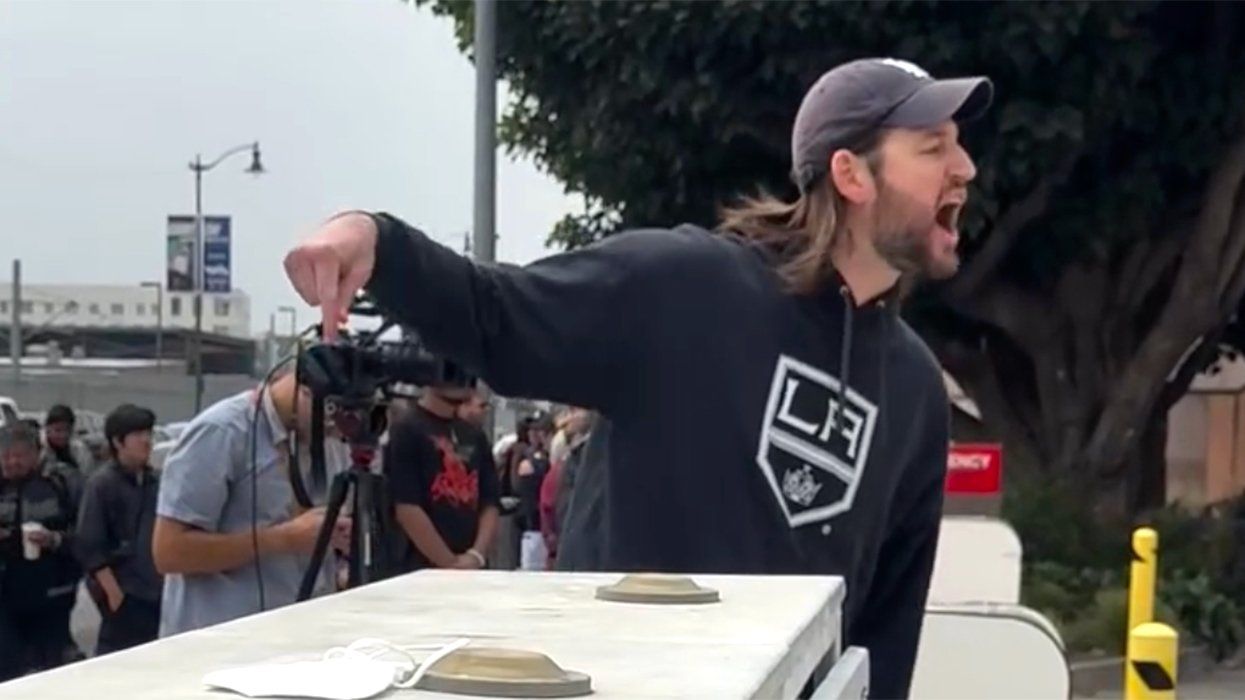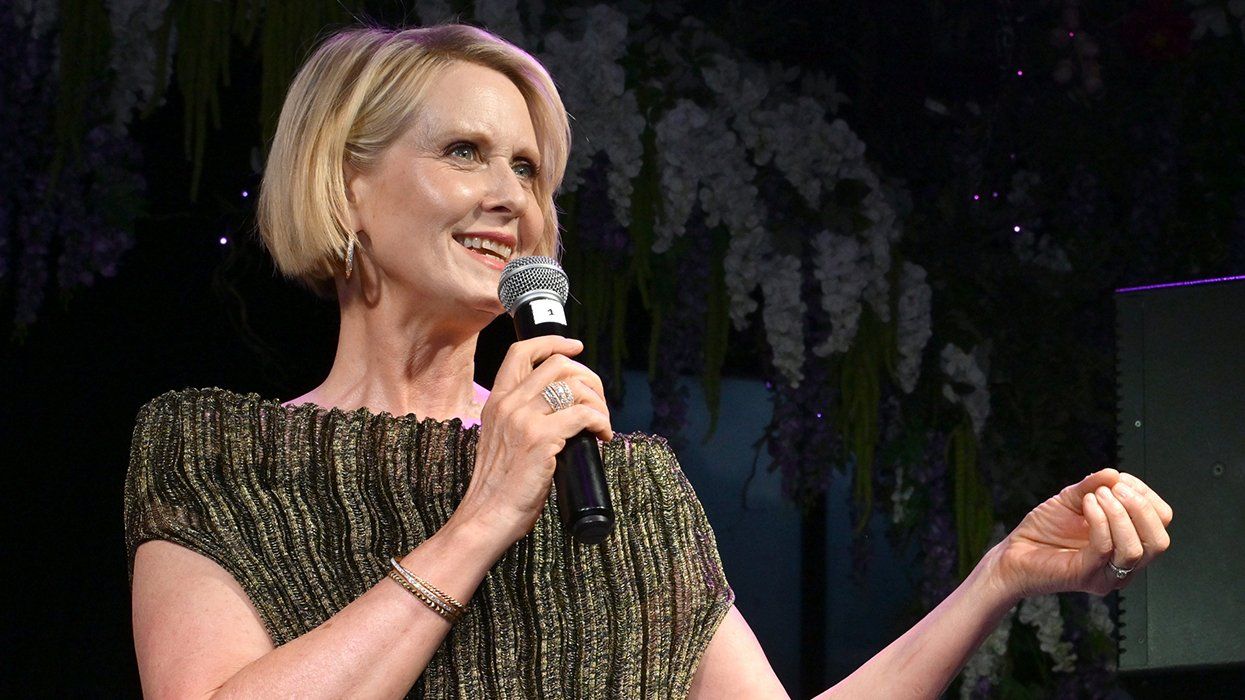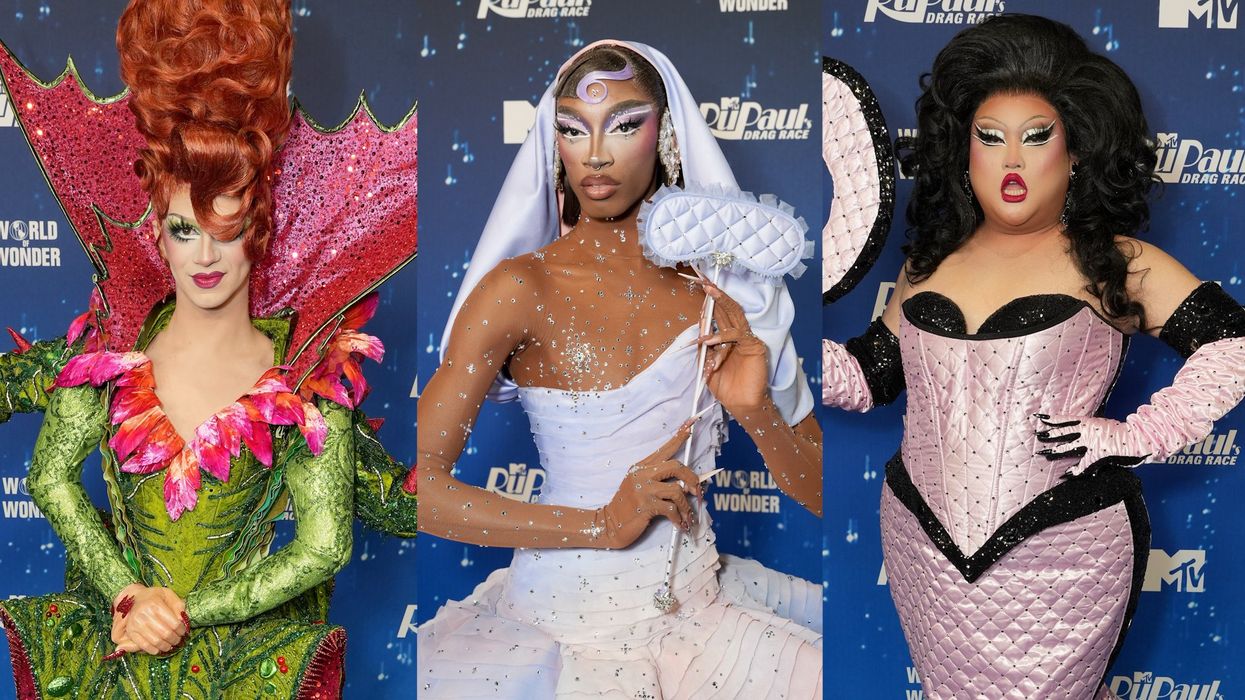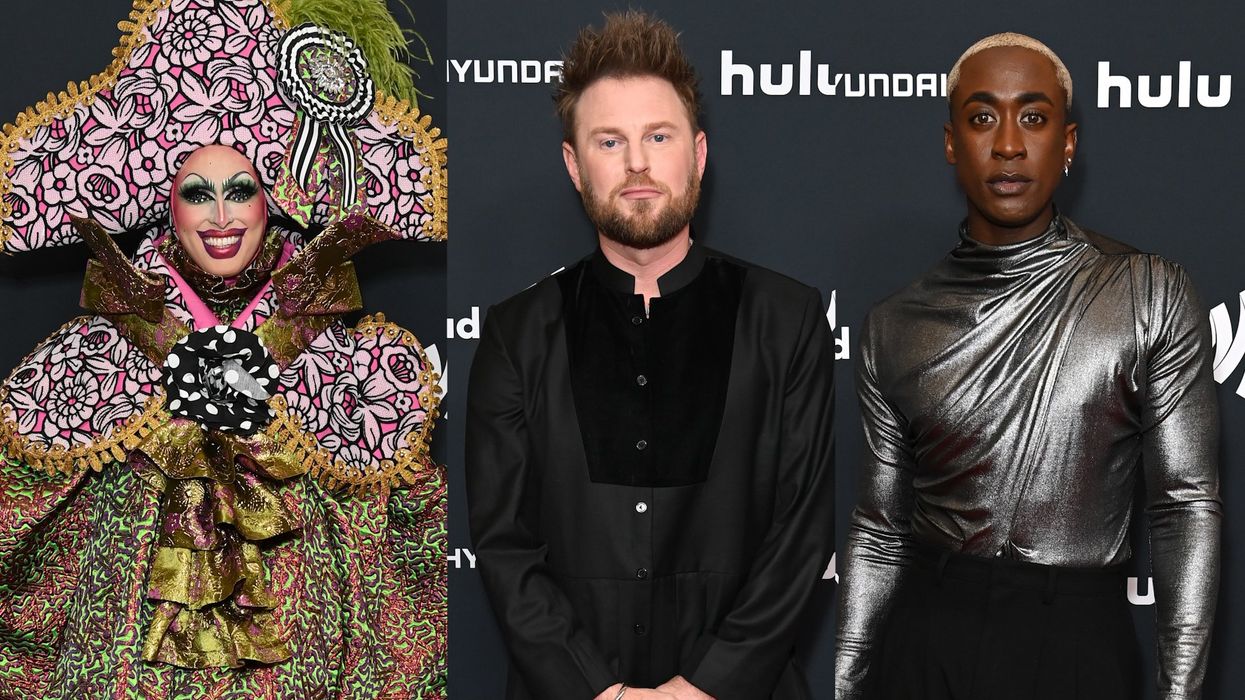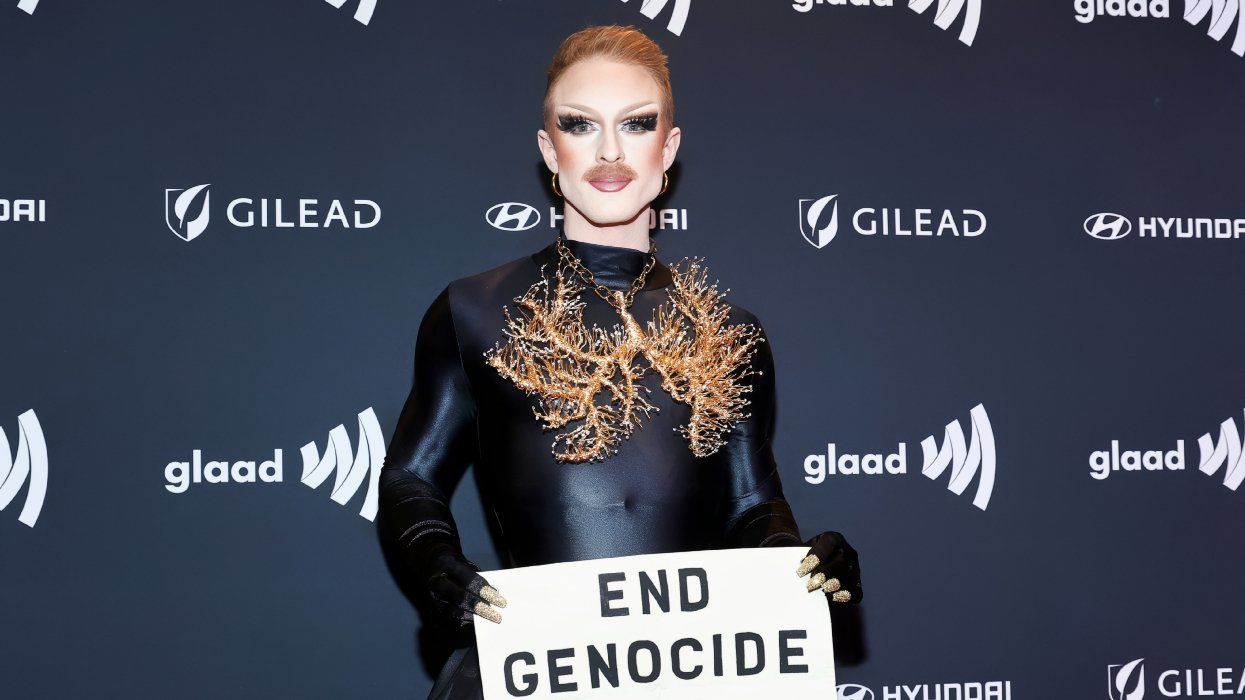By the time James Baldwin was 16, he was already creating the world in which he wanted to live, one where the words others used to describe him -- Black, gay, poor -- had little impact.
"All of the American categories of male and female, straight or not, Black or white, were shattered...very early in my life," he wrote in the 1985 article "Here Be Dragons or Freaks and the American Ideal of Manhood." "Not without anguish, certainly; but once you have discerned the meaning of a label, it may seem to define you for others, but it does not have the power to define you to yourself."
This world -- which the late writer-activist called "the new Jerusalem" -- was a place where people like him had nothing to prove, one where a person's identities were not thought of in light of the oppression they faced, and human dignity was the prevailing moral principle. Though he knew he wouldn't live to see it actualized, the act of having such a vision and working toward it is a cornerstone of the Black imagination. The unique ability for Black people to envision and create new existences free from oppression is what made Baldwin the revolutionary prophet he's described as today.
But as we reflect on Baldwin's ever-relevant life and work amid the 50th anniversary of the Stonewall riots, his words should inspire the next stage of the LGBTQ+ Rights Movement: If the Black imagination was the key to his revolutionary existence, it too should be the foundation of the queer imagination.
Baldwin was born in Harlem in 1924 during its intellectual, social, and artistic Renaissance -- a time period that gave way to Black art of all stripes and coincided with the Great Depression. It was during this time that he would meet painter Beauford Delaney, who he said was his "first living proof that a Black man could be an artist." Writing became Baldwin's art, and his first published work appeared in The Nation in 1947. By the time his first collection of essays, Notes of a Native Son, debuted in the mid-1950s, he was already known for his literary and cultural commentary. With his second novel, Giovanni's Room, he courted controversy because of its explicit depictions of homosexuality, prompting him to first publish it abroad. And although the Civil Rights Act was passed less than a decade later, white supremacy in the form of state-sanctioned violence, spatial segregation, and the war on drugs was still king -- and the promise of freedom from oppression, Baldwin understood, was not yet complete.
This made his socio-political interventions, especially at the intersection of queerness and Blackness, all the more audacious as he linked the struggles of communities once thought to be in opposition. Because he was wary of focusing on identity categories themselves rather than on the systems that produced them, he also refused the monikers foisted upon him. Among his more resounding lines was, "As long as you think you're white, I'm going to be forced to think I'm Black." Baldwin also expressed "impatience" with the word "gay," suggesting the term answered a false argument that queer people had to prove their humanity.
"He was saying, 'I'm not reacting to your positioning, because I'm not on the periphery. I'm not marginal. I'm at the center of my own life and the world reacts to that centeredness,'" says writer, producer, and activist Jose Antonio Vargas. "That's why I see him as the past that really must connect us to the future. Our country, in many ways, is more complex than Black, white, gay, straight."
Take, for example, the slew of social justice-related issues advocates are invested in today -- trans rights; the continued fight to end the HIV/AIDS epidemic in Black communities; reducing mass incarceration and abolishing prisons; immigration; and housing insecurity, to name a few. They all suggest that enduring movements for liberation must be against the crucible that produces injustice in the first place. Baldwin knew that a coalition built on a "firm foundation" beyond identity alone and "based on the grounds of human dignity" was necessary for freedom. Perhaps that's why when he spoke of being gay in America, he always linked it to being Black. Even though "intersectionality" had not yet been coined by Kimberle Crenshaw, it was clear to him that a world beyond oppression was unattainable if the work was siloed.
Such "moral clarity," Vargas says, is what makes Baldwin, who died in 1987, one of his possibility models. He was introduced to his work as a freshman in high school, around the time he discovered his own undocumented status. And considering he always seemed to exist between communities -- being Filipino, but with a name that sounds Latinx -- learning that he too could reject societal conventions was deeply formative. Thankfully, Vargas says, Baldwin's work has experiened a renaissance, including recent Oscar-winning films I Am Not Your Negro and If Beale Street Could Talk, which were adapted from Baldwin's written work by Raoul Peck and Moonlight's Barry Jenkins, respectively. Even Suzan-Lori Parks's adaptation of Richard Wright's famed 1940 novel Native Son, which premiered on HBO in April and was directed by Rashid Johnson, is said to have received "the Baldwin edit."
"From the very beginning, Baldwin was saying that all the conversations about minority rights were actually just about discerning what the majority is and what the majority wants," Vargas says. "All of these things that are considered out of the mainstream are actually redefining what the mainstream is. And to me, the conversation we're having in America today and one of the things that tie all the movements together -- Black Lives Matter, immigrant justice, #MeToo, LGBTQ+ rights -- is a decentering of what has always been at the center. Which is what? White men."
In expressing himself, Baldwin was "fearless, somebody who was avidly ready to speak their mind," says visual artist Troy Michie, whose work often deals with race, gender, and sexuality. "I always think about the type of courage it must've taken at that time, for him and folks like Bayard Rustin to be the forerunners for movements and not backing down."
Actor Charles Reese, who's traveled the world for the last 20 years presenting and performing work inspired by Baldwin (whom he met while a student at Morehouse College) agreed, calling Baldwin a "prophet and soothsayer."
"People all around the world continue to revisit his work because we find ourselves in this quandary about what the hell is going on in the world now when he had been talking about it then," he says. "It's incredible to me to think that this Black, gay, poor man born in Harlem who by all accounts was told that he was ugly and probably wouldn't amount to anything is now, 30-something years after his death, one of the most prolific voices that we keep coming back to."
Baldwin's embodiment of the Black imagination is instructive for contemporary social movements. An obvious call for intersectional approaches to freedom work, his foresight about how we should think about identity and lived experiences beyond oppression calls for something else. It calls for our own vision: a new, "new Jerusalem."
In describing the "queer world" when he was first coming into himself in "Here Be Dragons," Baldwin refers to a hall of mirrors where "I knew that I was in the hall and present at this company -- but the mirrors threw back only brief and distorted fragments of myself." Far too many LGBTQ+ people would say the same of the world we live in today, 34 years later -- like the Black and brown trans women whose ancestors kicked off this movement but whose safety and humanity are consistently relegated to the sidelines, or the queer people of color who still can't access culturally competent healthcare in their own neighborhood.
But Baldwin's life and work were committed to creating worlds in which every other mirror he encountered reflected his full self. So, whatever the queer imagination will be, it must, in his honor, rise to the occasion. To be inclusive and intersectional is a given: What we need now is something more radical and revolutionary than our ancestors could've imagined.
This article appears in Out's June/July 2019 issue celebrating Stonewall 50. The three covers feature the complicated candidacy of presidential candidate Pete Buttigieg, the enduring legacy of activist Sylvia Rivera, and the triumphant star power of actress Mj Rodriguez. To read more, grab your own copy of the issue on Kindle, Nook, Zinio or (newly) Apple News+ today. Preview more of the issue here and click here to subscribe.


